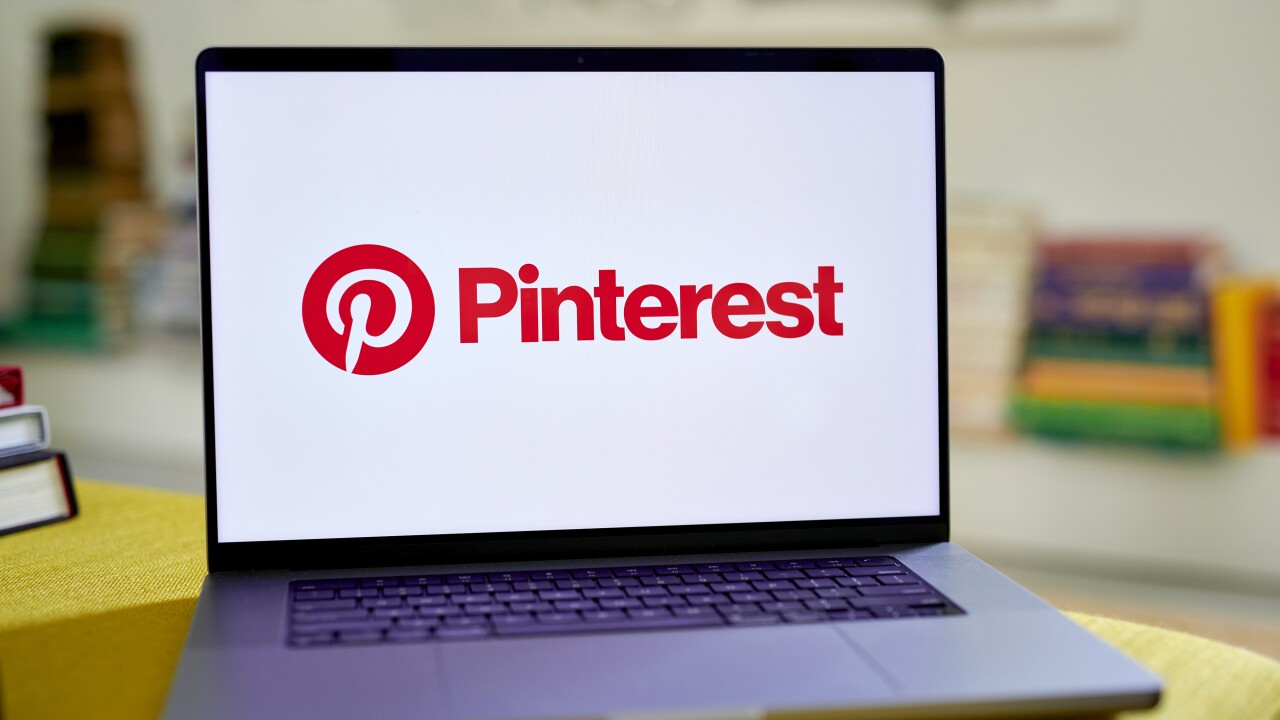In a system that often feels too complex to change, it's
But
One of the most impactful strategies is self-funding, especially when employers take the time to explore the level of control it offers. A well-structured self-funded approach opens up decision points most employers never knew they had. From stop-loss customization to transparent pharmacy benefit management arrangements, disease management vendors to hand-picked networks, the level of control is substantial. These tools don't just exist for the Fortune 500. They're often underutilized, not because they lack effectiveness, but because they require effort, curiosity and collaboration.
Read more:
Another overlooked lever is network steerage. While this is more commonly adopted by larger corporations, smaller and midsize employers also can benefit from encouraging employees to seek out higher quality, lower-cost providers. By helping members navigate toward higher-value providers (through centers of excellence, tiered networks, or concierge support), employers can improve people's health and financial outcomes for both employer and employee. This isn't about limiting choice. It's about elevating care. The key is building this into the plan design in a way that feels supportive rather than restrictive. When done well, steerage strategies are a fastball waiting to be thrown by benefit teams willing to design with intention.
Gap funding is also worth a closer look, especially for employers with 50 to 500 lives. These employers typically have leaner HR teams and leadership that is laser-focused on both cost and care. They often carry high deductibles to keep premiums manageable, but that comes with trade-offs. Gap strategies, when structured well, can ease the financial burden for employees while giving employers room to manage costs. The key is communication. If employees don't understand it, they won't use it. If HR isn't confident in it, they won't support it. Advisers need to walk closely with both.
Read more:
These ideas aren't hypothetical. They're being implemented by forward-thinking employers across the country. But they require advisers willing to step out of cruise control and into a more consultative, engaged role. That means asking different questions. That means showing what's possible. That means staying curious, even when it would be easier to repeat what worked last year.
We're not just managing renewal cycles. We're building plans that touch people's lives in real ways. Innovation in benefits isn't about shiny objects or chasing trends. It's about delivering smarter, more intentional solutions that make a difference for businesses, families and the future of care.






